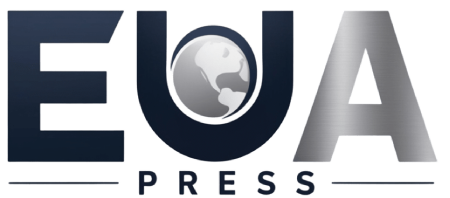The automotive industry is confronting a fresh wave of uncertainty as new tariffs imposed on Japanese vehicle imports come into effect, stirring concerns across manufacturers and supply chains. This move, part of broader trade tensions, threatens to reshape the dynamics between automakers in the United States and Japan, with significant economic consequences anticipated on both sides of the Pacific.
Automakers are already recalibrating their strategies in response to the tariff escalation, which increases the cost of Japanese vehicles entering the American market. This shift not only raises prices for consumers but also pressures manufacturers to rethink sourcing, production, and pricing models to maintain competitiveness. The tariff impact reverberates throughout dealerships and suppliers, affecting profitability and market share.
The tariff decision is rooted in ongoing negotiations and geopolitical considerations, aiming to protect domestic production while addressing trade imbalances. However, critics argue that such measures risk provoking retaliatory actions, which could ignite a trade war detrimental to global economic stability. Automakers caught in the middle must navigate these choppy waters carefully to safeguard their operations.
Japanese automakers, renowned for their innovation and quality, face the challenge of adjusting to a more restrictive import environment. This includes potential shifts toward increased local manufacturing in the United States to circumvent tariffs or exploring new trade partnerships. The tariff hike compels automakers to invest in adaptability and resilience in an increasingly protectionist global market.
From the consumer perspective, the tariffs threaten to limit access to affordable and diverse vehicle options. Price increases on Japanese models may push buyers toward domestic alternatives or encourage demand for electric vehicles and hybrids produced locally. This market realignment could accelerate shifts in consumer preferences and reshape the competitive landscape.
Industry analysts predict that the tariff situation will drive a wave of strategic mergers, acquisitions, and alliances among automakers seeking to optimize resources and mitigate risks. Collaborative innovation and shared technology development may become essential tools for survival amid heightened trade barriers and cost pressures.
In response, policymakers face mounting pressure to balance protectionist policies with the need to foster free trade and economic growth. The auto sector’s integral role in employment and manufacturing underscores the importance of crafting tariffs and trade agreements that do not stifle innovation or consumer choice. Ongoing dialogue between governments and industry stakeholders remains critical.
Ultimately, the new tariffs on Japanese automakers highlight the complex interplay between trade policy and industry health. The automotive world stands at a crossroads, where decisions made today will reverberate for years, influencing global supply chains, consumer markets, and the future of manufacturing. Adapting to this new reality demands foresight, agility, and a steady hand from all players involved.







